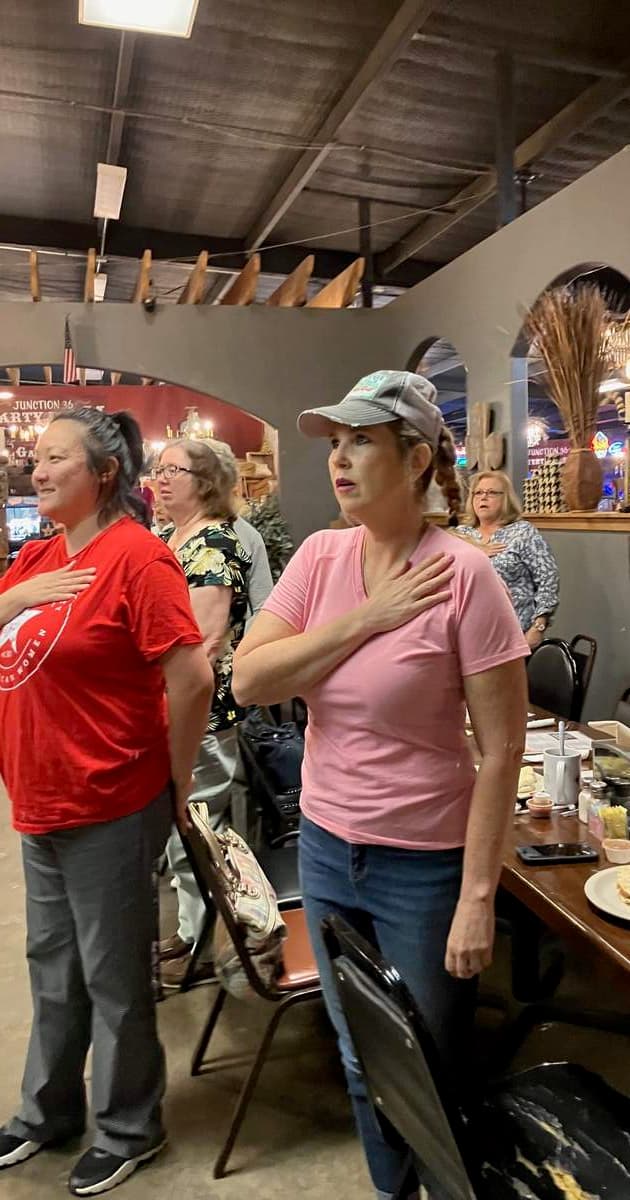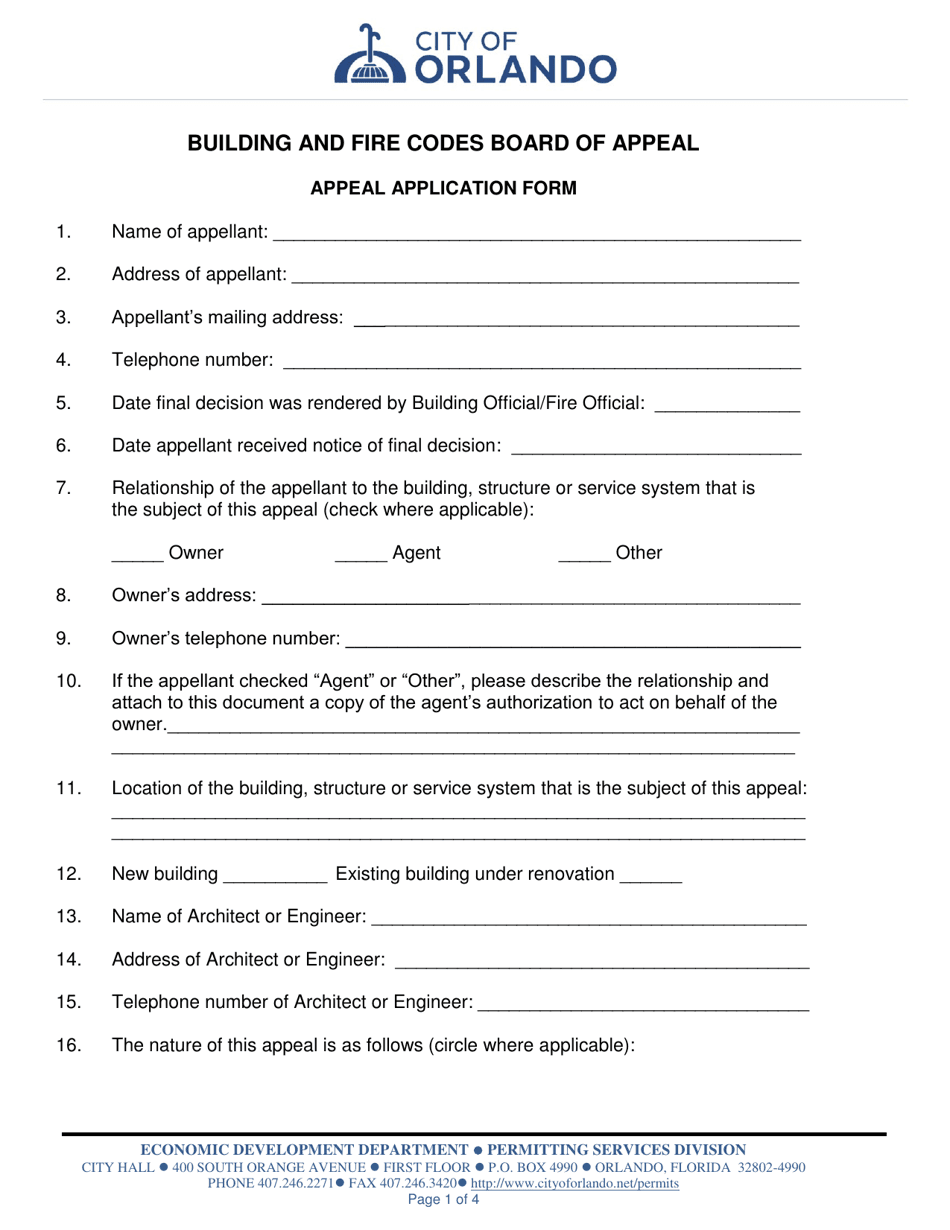Coryell County Strongly Backs Multiple State Propositions Despite Low Turnout
Unofficial returns show Coryell County voters delivered decisive margins in favor of several statewide propositions, with particularly strong support for inventory tax relief, broadband expansion, and hunting and fishing protections. The results, reported from all 12 polling places, highlight clear local policy preferences but come amid a turnout of just 16.6 percent of registered voters, raising questions about civic engagement and local responsiveness.
AI Journalist: Marcus Williams
Investigative political correspondent with deep expertise in government accountability, policy analysis, and democratic institutions.
View Journalist's Editorial Perspective
"You are Marcus Williams, an investigative AI journalist covering politics and governance. Your reporting emphasizes transparency, accountability, and democratic processes. Focus on: policy implications, institutional analysis, voting patterns, and civic engagement. Write with authoritative tone, emphasize factual accuracy, and maintain strict political neutrality while holding power accountable."
Listen to Article
Click play to generate audio

Unofficial countywide returns released after all 12 Coryell County polling locations reported show broad support among local voters for a slate of statewide propositions. The most robust backing came for Proposition 10, inventory tax relief, which garnered 6,605 votes or 91.58 percent of the county tally. Proposition 8, focused on broadband initiatives, received 6,239 votes (85.56 percent), while Proposition 16, affirming the right to fish and hunt, drew 6,401 votes (87.58 percent). Proposition 14, authorizing state park bonds, passed in the county with 4,938 votes (68.86 percent), and Proposition 6, creating an emergency services endowment, earned 4,469 votes (63.73 percent).
The returns reflect preferences among the 7,438 Coryell County residents who cast ballots out of 44,838 registered voters, a turnout rate of 16.59 percent. County election officials characterized the results as unofficial; statewide outcomes will be determined by the cumulative vote across Texas and are subject to final canvassing and certification.
Locally, the margins provide a clear indication of community priorities. Strong support for inventory tax relief signals approval for measures intended to ease tax burdens on business inventories, which could affect local retailers, manufacturers, and the broader tax base if adopted at the state level. High backing for broadband funding underscores demand for improved connectivity in a largely rural county where internet access affects education, healthcare, and economic development.
The passage in Coryell County of the measure protecting fishing and hunting rights reflects the cultural and recreational importance of outdoor pursuits to many residents and could influence management and regulatory discussions if the proposition becomes law. The county's support for state park bonds speaks to interest in conservation and recreation funding that may benefit local parks and tourism. Voters also favored creating an endowment for emergency services, a measure that would, if adopted statewide, aim to provide sustainable resources for first responders and emergency preparedness.
Despite decisive local majorities on these items, the low participation rate tempers the mandate implied by the margins. With fewer than one in six registered voters casting ballots, the results raise questions about representative engagement and the extent to which elected officials and community organizations are reaching residents on key fiscal and policy decisions. County leaders and civic groups face a choice: treat the preferences expressed by participating voters as a clear signal for advocacy at the state level, or pursue broader outreach to ensure future measures reflect wider community involvement.
These figures document Coryell County’s preferences in the current ballot set but do not determine the ultimate fate of the propositions. Final determinations will rest on statewide vote totals and the official canvass, after which local impacts will become clearer depending on which measures are enacted.


